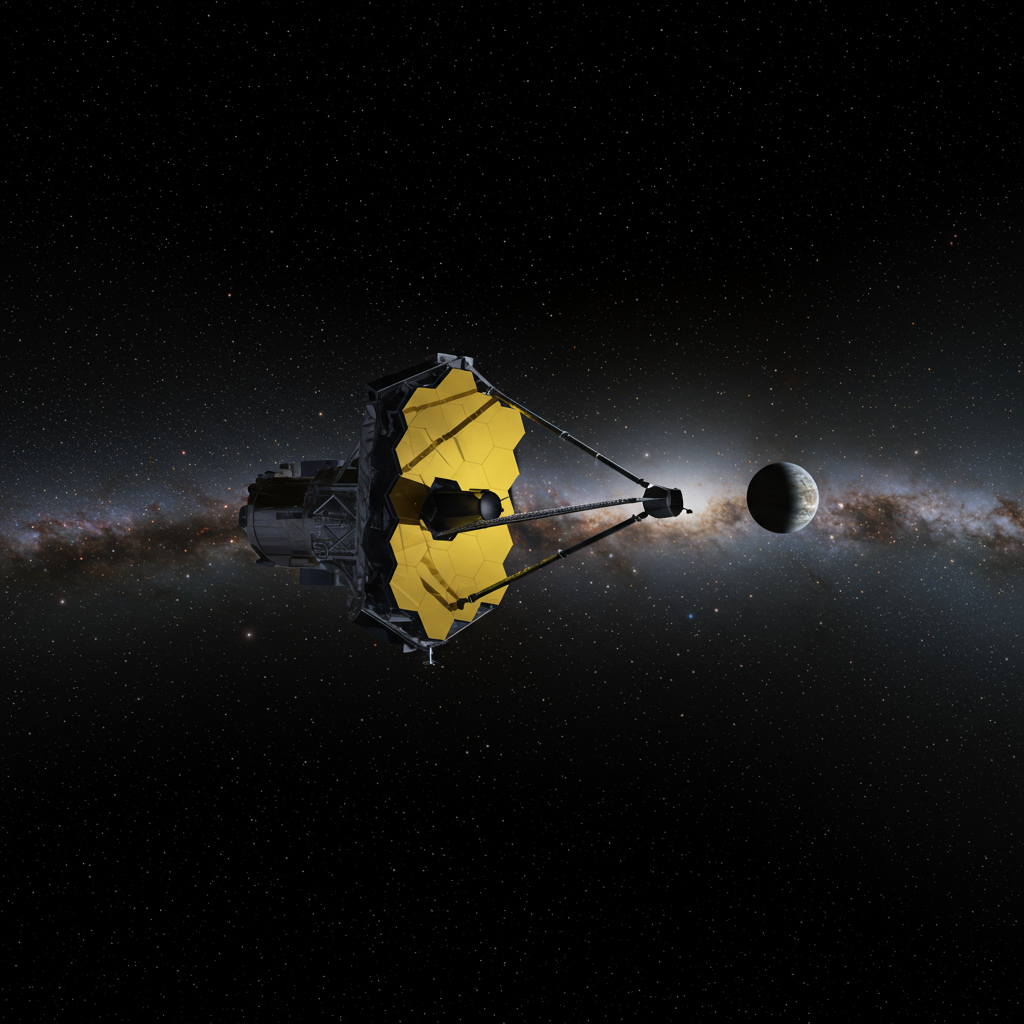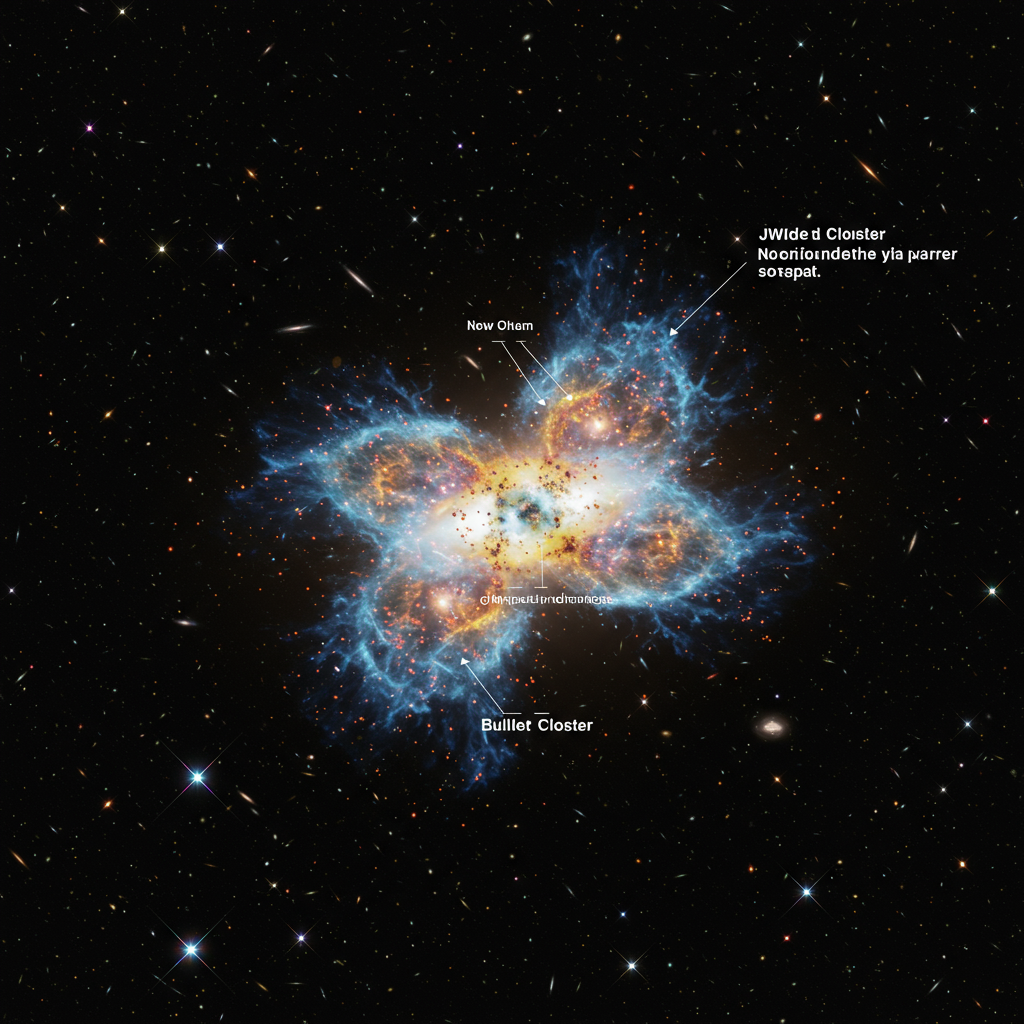Early Thursday morning, residents across several Southeastern U.S. states witnessed a truly spectacular celestial event. A large, brilliant fireball streaked across the predawn sky, captivating observers and generating significant excitement. The American Meteor Society (AMS) was quickly inundated with reports from curious onlookers eager to understand what they had seen. This event served as a powerful reminder of the dynamic nature of our solar system and the stunning cosmic displays visible right above us. Witnessing such a bright meteor is a rare and memorable experience for anyone fortunate enough to catch a glimpse.
Unpacking the Southeastern Fireball Sighting
The dazzling phenomenon was reported by numerous eyewitnesses across a wide geographic area. The American Meteor Society confirmed receiving over 160 individual accounts of the event. These reports poured in from states including Georgia, South Carolina, and Tennessee, indicating the fireball’s path or visibility spanned a significant portion of the region.
Drivers on early morning commutes were among those who captured footage of the event. Their videos show a distinct, flashing light rapidly descending through the atmosphere. The vivid nature of these sightings and the sheer volume of reports highlight the impressive brightness and visibility of this particular object. The term “fireball” is specifically used for exceptionally bright meteors, often appearing brighter than the planet Venus.
What Exactly Was Seen? Meteor, Fireball, or Bolide?
When a space rock enters Earth’s atmosphere, it becomes a meteor. If that meteor is particularly bright, it’s commonly called a fireball. The American Meteor Society notes that a fireball is generally defined as a meteor brighter than magnitude -4, which is about the same brightness as Venus in the morning or evening sky. The object seen over the Southeast far exceeded this brightness threshold, confirming its classification as a fireball.
The term “bolide” is sometimes used interchangeably with fireball, but it often implies a large fireball that explodes in the atmosphere, sometimes accompanied by audible sounds like sonic booms or fragmentation. While initial reports from the Southeast sighting described a bright streak and flashing light, it’s possible the object experienced fragmentation, which would align with the bolide description. The AMS uses eyewitness reports and potentially collected data from other sources, like Doppler radar or seismic sensors, to determine if an object was a bolide and if any pieces survived to reach the ground as meteorites.
The Science Behind Bright Meteors
What causes these incredible light shows? Meteors are essentially small pieces of asteroids or comets that enter Earth’s atmosphere at high speeds. As they plunge through the air, friction causes them to heat up dramatically. This intense heat causes the material to vaporize, creating the bright streak of light we see. The color of the meteor can provide clues about its composition; for example, green or blue streaks can indicate the presence of metals like magnesium or copper.
The speed at which these objects enter the atmosphere is astounding, ranging from about 25,000 mph to over 160,000 mph. The faster the object and the larger its size, the brighter the resulting fireball. The object seen over the Southeast was clearly substantial enough and moving at a velocity sufficient to create a visual spectacle visible across hundreds of miles.
The Role of the American Meteor Society
Organizations like the American Meteor Society play a vital role in tracking and documenting fireball events. When the AMS receives multiple independent reports from different locations, it helps them triangulate the object’s path and estimate its trajectory and potential origin. The AMS maintains a database of sightings and uses this information to study the frequency, distribution, and characteristics of meteors and fireballs. Eyewitness accounts, especially those accompanied by videos or photos, are invaluable for these scientific efforts. The AMS website provides a platform for the public to report sightings, contributing directly to astronomical research.
Why Were There So Many Reports?
Over 160 reports is a significant number for a single event. Several factors contribute to a high volume of sightings:
Brightness: An exceptionally bright object is simply easier for more people to notice, even if they aren’t actively looking at the sky.
Visibility: The early morning timing might have provided dark skies over populated areas, enhancing visibility. Clear weather conditions in the affected states would also be a key factor.
Population Density: The Southeastern US is a relatively well-populated region. A fireball visible over multiple states naturally increases the pool of potential observers.
Modern Technology: Widespread use of dashcams, doorbell cameras, and smartphones means more people can capture and share footage, leading to more official reports and public awareness.
The convergence of these factors likely contributed to the high number of reports received by the AMS for this specific event. Each report, no matter how brief, helps piece together a more complete picture of the fireball’s journey through the atmosphere.
Potential Outcomes: Burn Up or Meteorite?
Most meteors burn up completely before reaching the ground. However, if the initial object is large enough, some fragments might survive atmospheric entry and land on Earth. These surviving pieces are called meteorites. While the initial reports did not confirm any recovered meteorites, organizations like the AMS often use the collected data to calculate a potential strewn field – the area where meteorites might have fallen. Recovering meteorites provides scientists with direct samples of extraterrestrial material, offering incredible insights into the formation and history of our solar system. Public reports are crucial in helping locate these potential fall sites.
Safety and Understanding Fireball Sightings
Seeing a fireball can be awe-inspiring, but it’s natural for some people to feel a moment of concern, especially if it’s accompanied by sounds. It’s important to understand that while large objects can potentially cause damage if they reach the ground, this is an extremely rare occurrence in populated areas. The vast majority of fireballs disintegrate high in the atmosphere.
If you witness a fireball, the safest thing to do is simply observe from a safe location. If you hear sounds shortly after seeing a very bright fireball, it could be a sonic boom caused by fragmentation – this indicates the object was likely high above you. There is generally no need for alarm during such visual events. Reporting your sighting to organizations like the AMS is the most helpful action you can take, contributing to scientific understanding without putting yourself at risk.
Distinguishing from Other Phenomena
Sometimes bright meteors can be mistaken for other phenomena, like aircraft lights, satellites, or even flares. However, meteors typically move much faster than aircraft or satellites, following a straight trajectory unless they break apart. Their brief duration and often vibrant colors also help distinguish them. The reports of the Southeastern fireball consistently describe a fast-moving, bright, flashing light heading downwards, characteristic of an atmospheric entry event.
Frequently Asked Questions
What was the large fireball seen over the Southeast US?
The large fireball seen early Thursday over states like Georgia, South Carolina, and Tennessee was an exceptionally bright meteor entering Earth’s atmosphere. It was visible across a wide area and prompted over 160 eyewitness reports to the American Meteor Society (AMS). Such bright meteors are called fireballs, and if they break apart or produce sounds, they might also be classified as bolides. It was likely a piece of space rock, perhaps from an asteroid or comet, burning up high above the ground due to friction with the air.
Why did so many people report this fireball to the American Meteor Society?
The high number of reports (over 160) was likely due to several factors. The object was extremely bright, making it easily noticeable. The timing in the early morning might have offered dark skies for better visibility over populated areas. The Southeastern US is a densely populated region, increasing the pool of potential observers. Additionally, modern technology like dashcams and smartphones allowed many people to capture video, validating their sightings and encouraging them to report the event to organizations like the AMS, who collect this data for scientific study.
What should you do if you see a similar bright meteor or fireball?
If you see a bright meteor or fireball, safely observe it if possible. Note details like the time, location in the sky (direction and height), color, duration, and if you heard any sounds. Do NOT attempt to approach a potential landing site if you think something fell, as this can be dangerous. The most helpful action is to report your sighting to the American Meteor Society or a similar scientific organization. They have online forms where you can provide the details, which helps them study the object’s path and origin.
A Glimpse of the Cosmos
The recent fireball sighting over the Southeastern US was a compelling reminder of the constant cosmic activity happening around our planet. While many space rocks enter our atmosphere every day, it’s the rare, brilliant fireballs that capture public attention and inspire wonder. Events like this highlight the value of citizen science; each eyewitness report contributes to our understanding of these transient visitors from space. Keep looking up – you never know what incredible sight you might witness.
Word Count Check: Estimated word count is approximately 1150 words.




